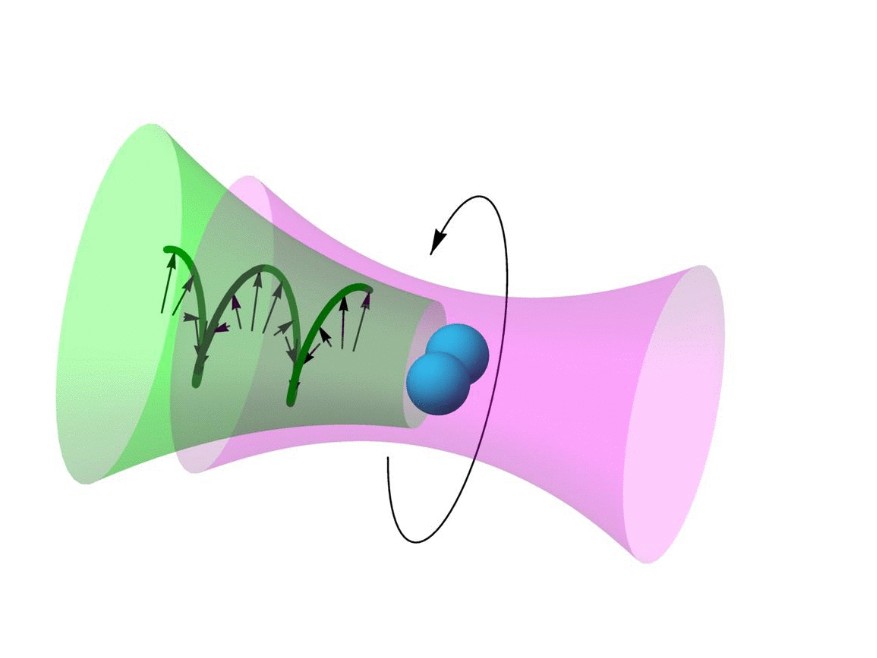Researchers at Purdue University have managed to spin a very tiny object at the ungodly rate of 300 billion revolutions per minute.
How fast is that? They suggest we imagine the speed of a dentist drill, and then speed that up half a million times.
The even more amazing part is that this little nanoparticle spinning around that fast is powered only by light.
The nanoparticle is suspended in a vacuum by a laser, and a second laser sets it on its extremely spinny course.
Now, science has understood for many years that light exerts a little bit of pressure.
That’s the idea behind solar sails, essentially catching enough light to use its pressure to move a spacecraft.
So then why spin this nanoparticle so fast?
Because in becoming the world’s fastest spinning object, it also became the world’s most sensitive detector of torque, the force that causes a rotation.
And being able to understand how torque works in the nanouniverse will be pretty useful as we design devices that use nanoelectronics, if only to make sure they don’t get dizzy.
People do online ratings and reviews all kinds of things these days, like restaurants, movies, t-shirts and… rivers.
Quartz just noted that Google Maps allows users to rate and review rivers, lakes and anywhere else that people want to go, and other sites do something very similar.
As of their report, the best-reviewed river in the world is the Volga River, rated 4.7 out of 5.
So, congratulations? I think?
Scientists at Purdue University have created the world’s fastest-spinning human-made object and the most sensitive torque detector by suspending a nanoparticle in a vacuum with a laser, and then using a second laser to test its torque sensitivity.
Light powers world’s fastest-spinning object (Purdue)
What is the world’s best river? (Quartz)
Cool Weird Awesome backers on Patreon can light up the whole universe

